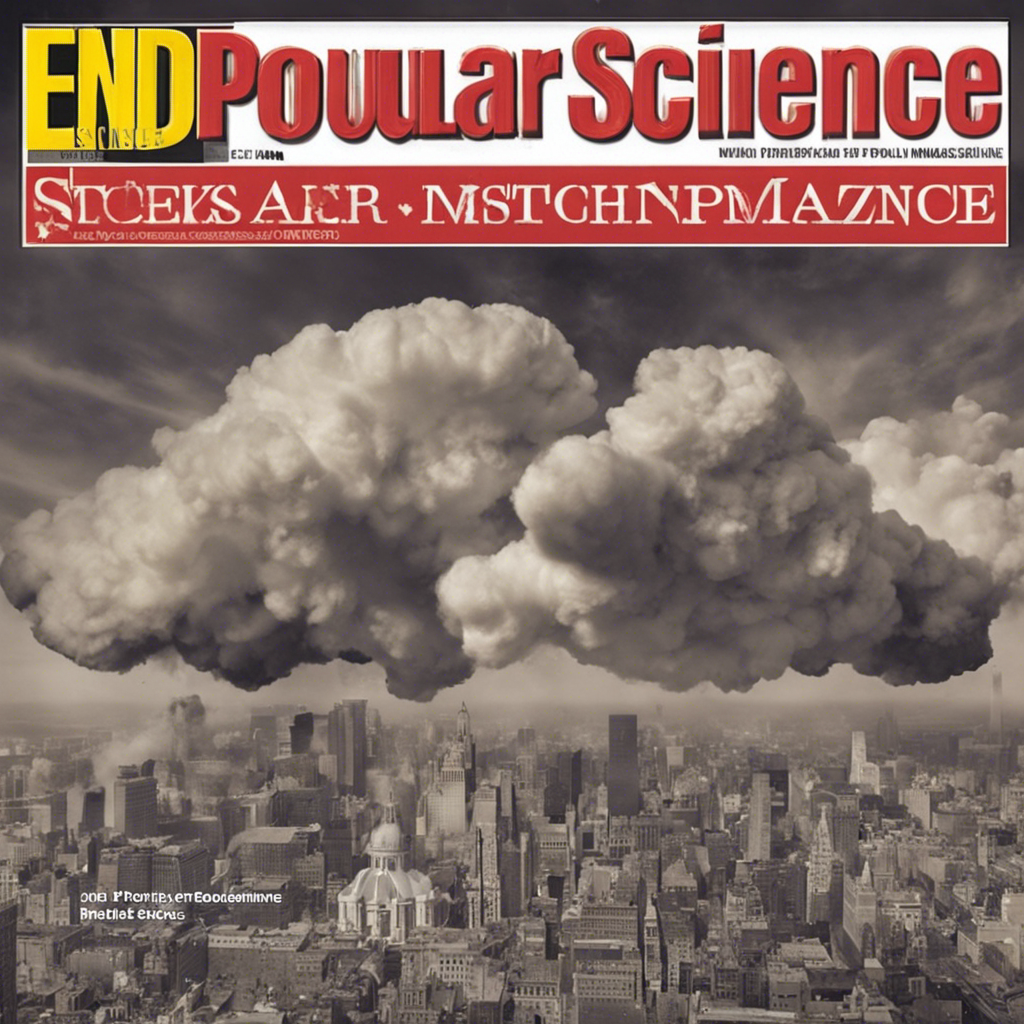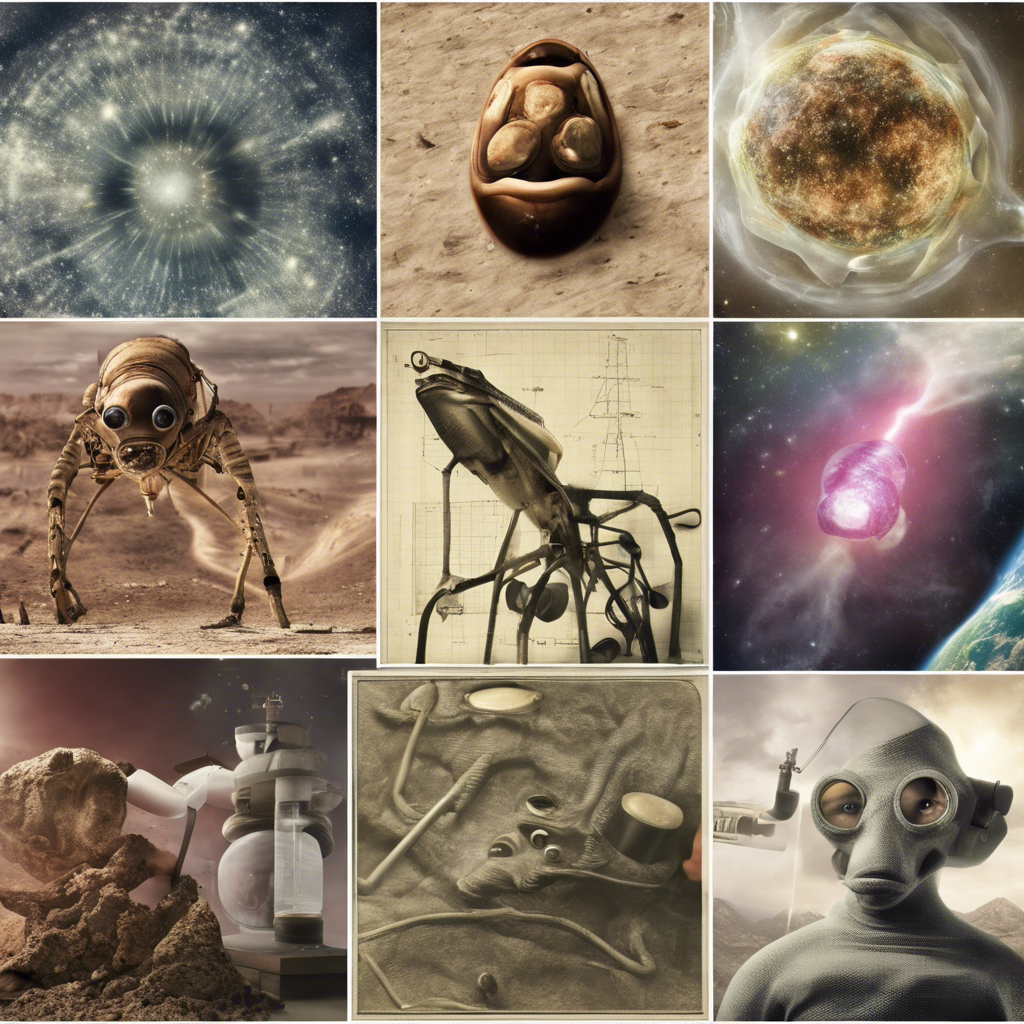Popular Science magazine, a pioneer in science journalism, bids farewell to its print format as it embraces a new era of digital evolution.
After 151 years of captivating readers with its insightful articles on science, technology, and nature, Popular Science magazine has made the difficult decision to discontinue its print publication. The move comes as the publication’s parent company, Recurrent Ventures, seeks to adapt and evolve in the ever-changing media landscape. With the last physical issue released in 2020, Popular Science has now fully transitioned to a digital-only format. This decision marks the end of an era for a magazine that has been at the forefront of scientific journalism since its inception in 1872.
The Evolution of Popular Science:
Popular Science has undergone numerous transformations throughout its long history. From its early days as a monthly magazine to its shift to a quarterly publication in 2018, the publication has consistently adapted to meet the changing demands of its readership. However, as the digital age continues to reshape the media industry, Popular Science recognized the need to embrace new formats and platforms to stay relevant.
The Digital Revolution:
In 2021, Popular Science released its first all-digital issue, signaling a shift towards a more immersive and interactive reading experience. This move allowed the magazine to reach a wider audience and engage readers in innovative ways. By leveraging the power of technology, Popular Science aimed to provide its readers with a more dynamic and multimedia-rich content experience.
The Impact on Journalists:
The discontinuation of Popular Science’s print publication has had a significant impact on the magazine’s editorial staff. Several employees were laid off, leaving only a handful of editorial team members and a few workers on the commerce team. This unfortunate trend of layoffs in the science journalism industry has recently affected other prominent publications as well, with National Geographic, Gizmodo, and CNBC all making cuts to their editorial staff.
Looking Ahead: A New Content Strategy:
Cathy Hebert, the communications director for Recurrent Ventures, emphasized the need for Popular Science to evolve beyond its traditional magazine format. She stated that the brand’s content strategy will now encompass a range of initiatives, including news, commerce, video, and other formats that align with the publication’s mission. By diversifying its content offerings, Popular Science aims to meet the evolving needs and preferences of its audience.
Conclusion:
As Popular Science bids farewell to its print publication, it marks the end of an era for a magazine that has played a crucial role in popularizing science and technology for over a century. While the transition to a digital-only format may be bittersweet for loyal readers, it represents a necessary step in the evolution of media. Popular Science’s commitment to embracing new formats and platforms ensures that its legacy will continue to thrive in the digital age. As the publication embarks on this new chapter, it remains dedicated to providing its readers with captivating and informative content that explores the wonders of science, technology, and nature.











